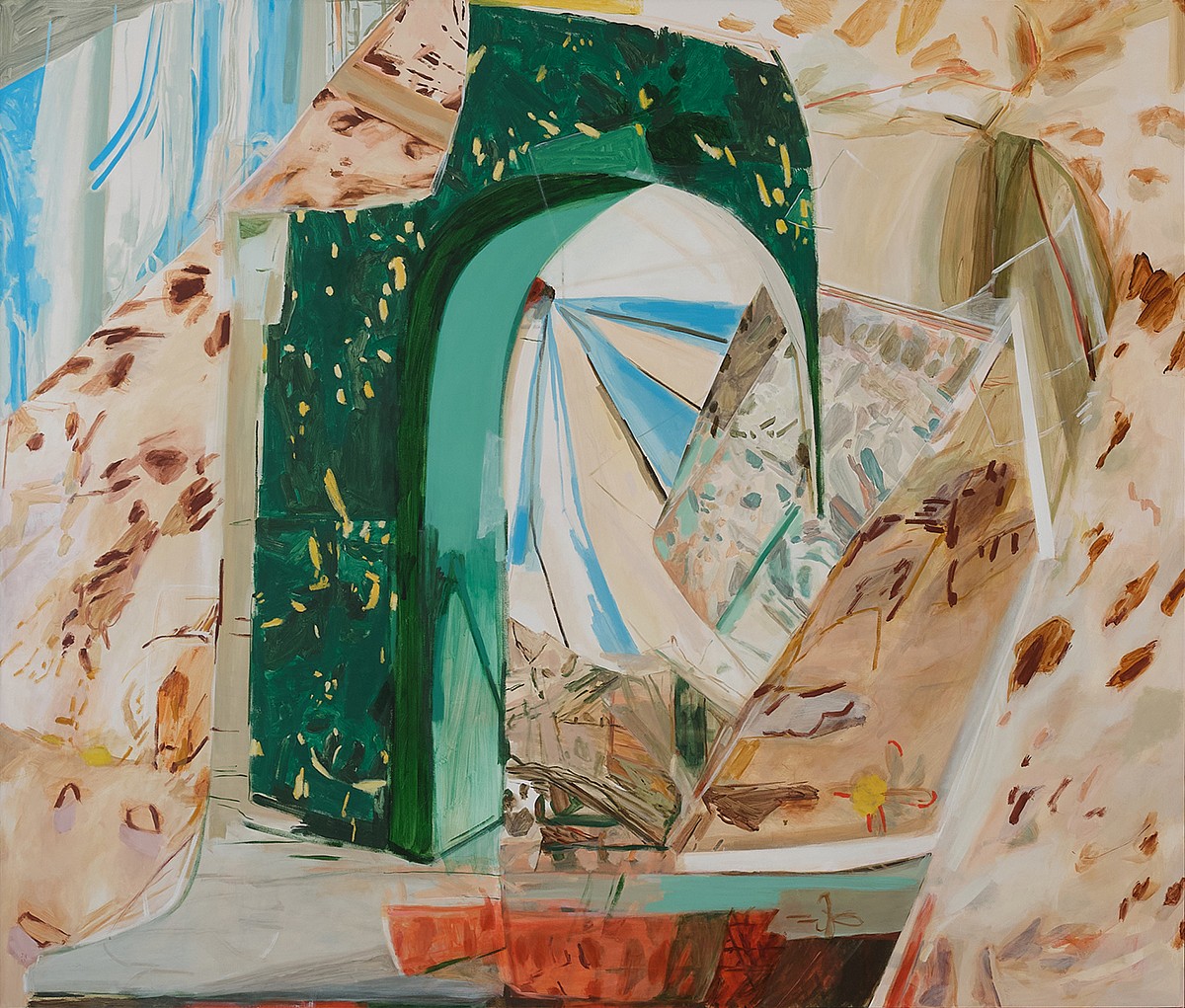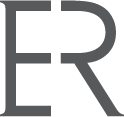PRESS RELEASE

JEANNE HOFFMAN: And then the world shifts
Sep 11 – Sep 27, 2025
And then the world shifts, a solo exhibition by Jeanne Hoffman.
Opening reception: Thursday 11th September - 6pm
WALKABOUT: Join the artist for a discussion about her exhibition and practice at 10:30 on Saturday 27 September 2025
In this new body of work, Jeanne Hoffman’s paintings vibrate with an energy more palpable than usual. This is largely due to the proliferation of drawn lines and flecks that are cast, scattered and punctuated across the canvases and between multiple layers of paint and process. Indeed, for the first time, Hoffman has included a smaller series of drawings in oil paint to complement her larger works.
The gesture and theory of drawing has long preoccupied Hoffman, and it does so in its broadest, most poetic sense. Yves Bonnefoy, in his text on the subject, speaks of the “semantic drift of ‘draw’ and ‘drawing’: an inscription, an extraction, an intake of breath or inspiration, attraction, lure…”[1], where the initial “draw” is the attraction between artist and object, usually unconscious, demonstrably so in Hoffman’s case. She draws on fragmented (re)collections and experiences from her everyday environment, remnants of whatever catches her eye, whatever hovers in the periphery, whatever is drawn towards the other disparate fragments assembling in tandem.
In her process, these intuitive assemblages are first articulated through collage, then continue materialising on canvas through a series of poetic responses and gestures in paint. This drawing together – and moving apart – is ongoing, always shifting, in a continuous push-and-pull between referential forms – some recognisable, others illegible – creating spaces charged with relational meaning as yet unarticulated. And this is Hoffman’s ever-unfolding endeavour: to stage liminal tension between language and the ineffable, between the rationalised and the preverbal, between movement and stasis; creating in-between, paradoxical, fertile spaces that open up temporary shelters for thoughts.
The tension in these artworks is, however, more volatile than in those of earlier shows. Forms are more fissured, fragmentation more distinct, and the rapid gestures of drawing marks contrast with the slower, considered forms of the painterly. Tension of another, surprising kind is also evident in Hoffman’s series of smaller drawings. Executed in slow-drying oil, these artworks reveal an unexpected encounter between medium and process. The immediacy and freedom of gestural drawing collides with the slow, laboured history of oil paint, with the dense palimpsest of each work speaking of multiple conflicts that have prefaced the status quo.
This heightened agitation picks up on that of Hoffman’s previous solo, Stirring up certainties. In one sense, this is an inevitable reflection of the current fraught state of our geopolitical and cultural landscape. But in another sense, this agitation connotes possibility, as movement implies change, and uncertainty paradoxically offers an opportunity for redefining. Drawing itself is a kind of restless mediator, a way of figuring out through ongoing figuring, forming, shaping and shifting.
Ultimately, these artworks turn to drawing, redrawing, imagining, reimagining as acts of agency and possibility. And in the act of exhibiting, the drawing, dialogue and reimagining continue, as a new location assembles new reference points: interior dimensions, other artworks, other people. Push-and-pull and meaning-making continue in the spaces between, drawing artist and viewer together, as artist and viewer draw together.
[1] Newman, A., & de Zegher, M.C. (Eds.). 2003. The Stage of Drawing: Gesture and act. Selected from the Tate Collection. Tate Publishing, London / Drawing Centre, New York.



